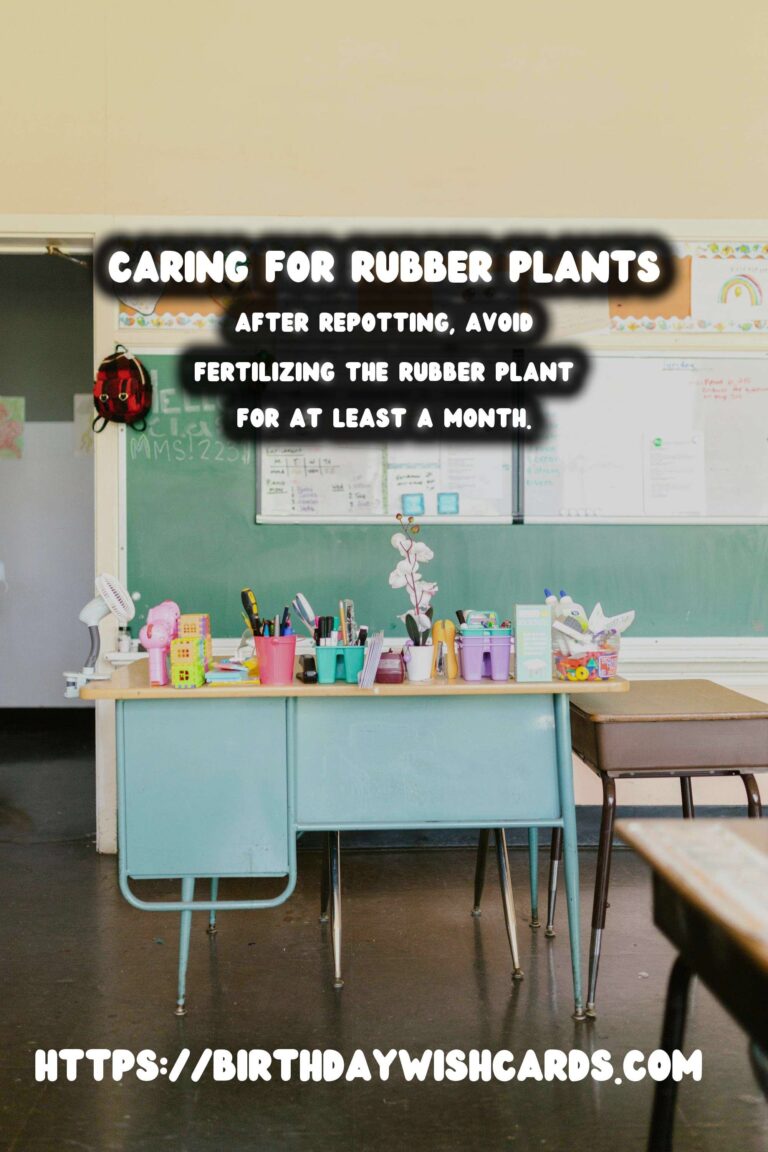
Rubber plants, known for their glossy leaves and resilient nature, are a popular choice among houseplant enthusiasts. These plants, while low-maintenance, do require periodic care to thrive, one of the most crucial aspects being repotting. Understanding how often to repot your rubber plant can significantly impact its health and growth.
Why Repotting is Essential for Rubber Plants
Repotting is a vital process for rubber plants as it ensures that the plant has enough room to grow and access to fresh nutrients. Over time, the soil in the pot can become compacted and depleted of essential nutrients, which can hinder the plant’s growth. Additionally, as rubber plants grow, their root systems expand, requiring more space to prevent root-bound conditions.
Signs That Your Rubber Plant Needs Repotting
Recognizing when to repot your rubber plant is crucial. Common signs include roots protruding from the drainage holes, soil that dries out quickly despite regular watering, and stunted growth. If you notice these indicators, it’s time to consider repotting your plant.
How Often to Repot Rubber Plants
The frequency of repotting rubber plants typically depends on their growth rate and size. Generally, younger rubber plants should be repotted every 1-2 years, while mature plants can be repotted every 3-5 years. However, always monitor your plant for signs that it might need repotting sooner.
Steps to Repot a Rubber Plant
When repotting a rubber plant, follow these steps to ensure a smooth transition:
- Choose the Right Pot: Select a pot that is 1-2 inches larger in diameter than the current pot to accommodate new growth.
- Prepare the Soil: Use a well-draining potting mix, ideally one formulated for indoor plants.
- Remove the Plant: Gently remove the plant from its current pot, being careful not to damage the roots.
- Prune the Roots: Trim any dead or overly long roots to encourage healthy growth.
- Repot the Plant: Place the plant in the new pot, fill with soil, and water thoroughly.
Post-Repotting Care
After repotting, rubber plants need time to adjust. Place the plant in a location with indirect sunlight and avoid fertilizing for at least a month. Monitor the plant for any signs of stress, such as leaf drop or wilting, and adjust care as needed.
Common Mistakes to Avoid
When repotting rubber plants, avoid these common mistakes:
- Using the Wrong Soil: Ensure the soil is well-draining to prevent waterlogging and root rot.
- Overwatering: After repotting, water sparingly until the plant establishes itself.
- Choosing a Pot That’s Too Large: Excessive space can lead to soggy soil and root rot.
Conclusion
Caring for rubber plants involves understanding their needs, including when and how to repot them. By following the guidelines outlined above, you can ensure your rubber plant remains healthy and continues to be a vibrant part of your home decor.
Rubber plants require periodic repotting to ensure healthy growth. Signs that a rubber plant needs repotting include roots protruding from the pot and soil drying out quickly. Younger rubber plants should be repotted every 1-2 years, while mature ones can be repotted every 3-5 years. After repotting, avoid fertilizing the rubber plant for at least a month. 
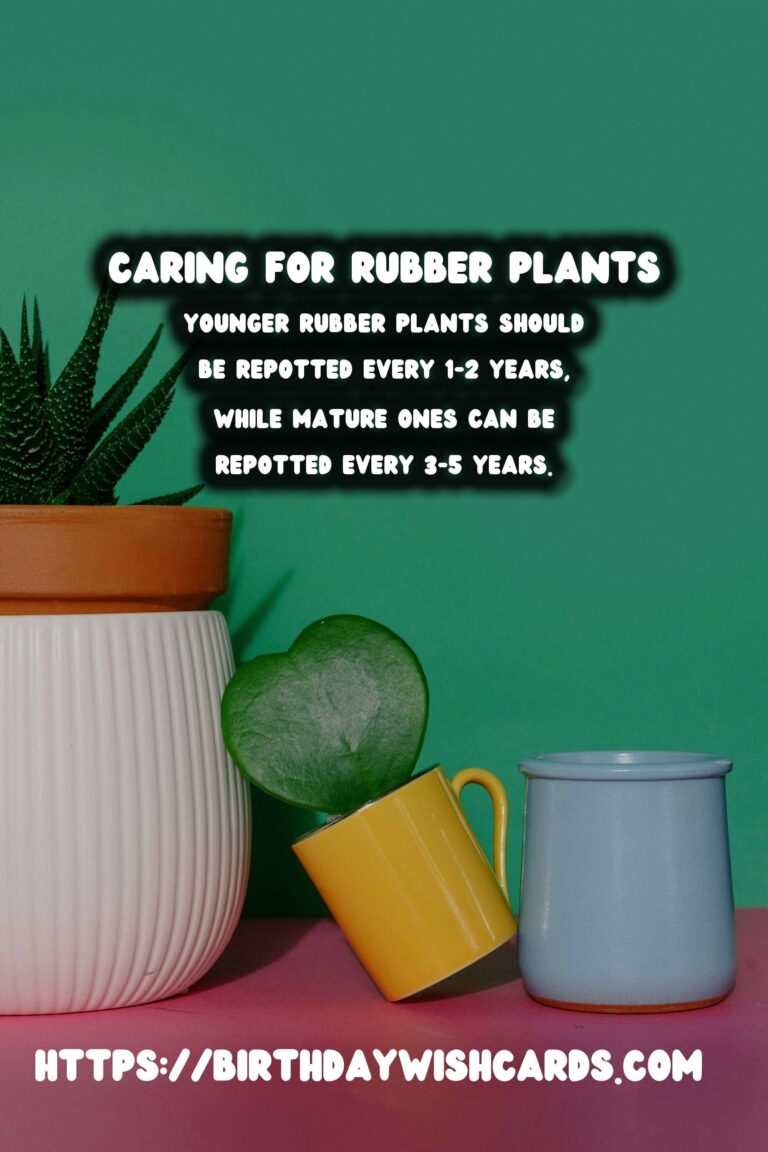
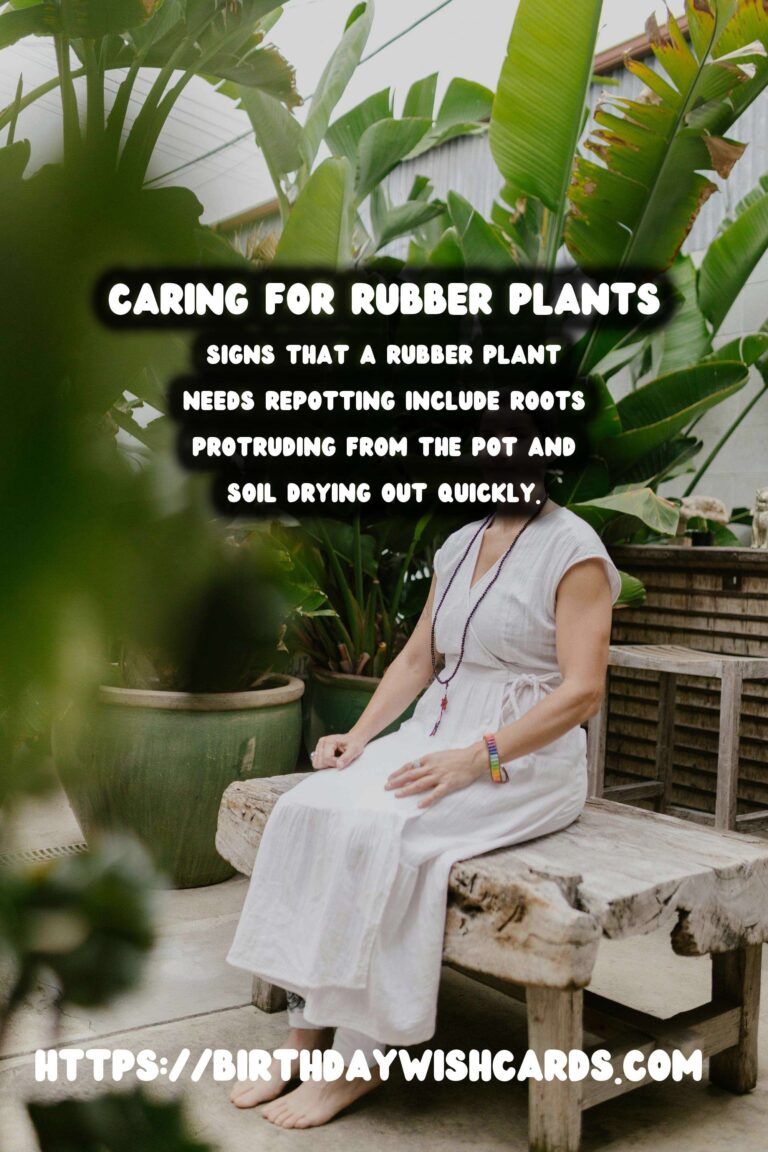

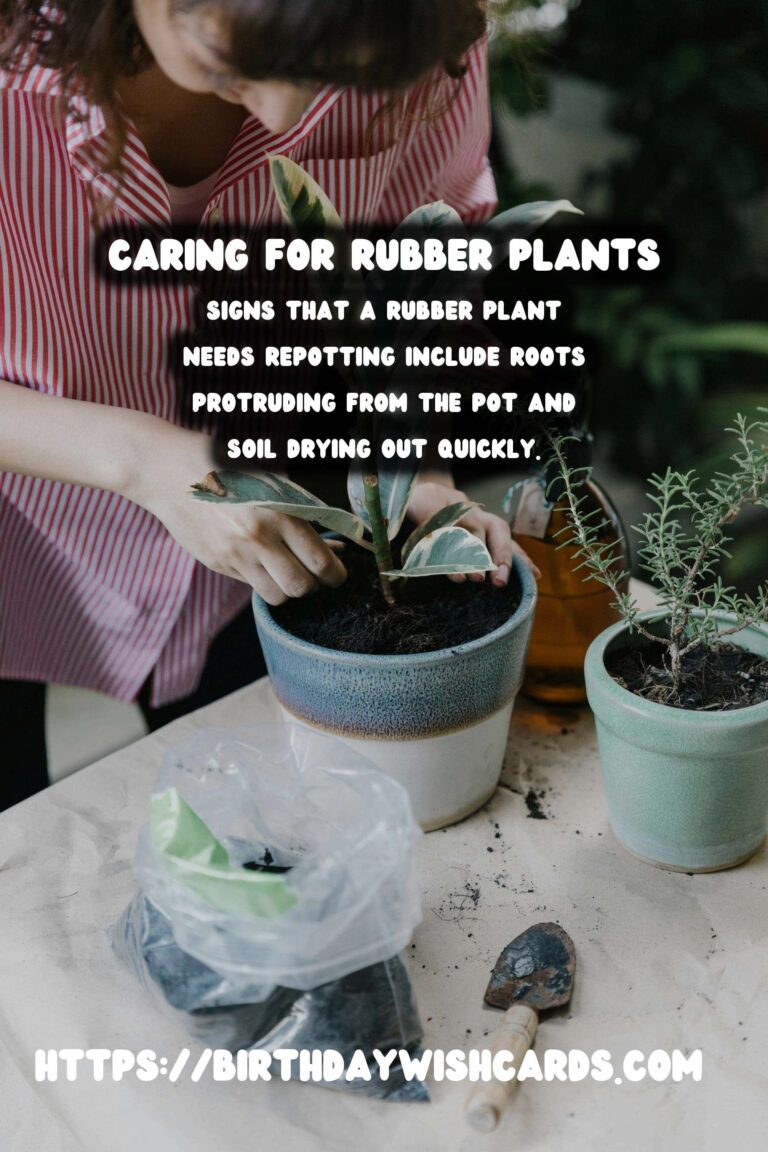

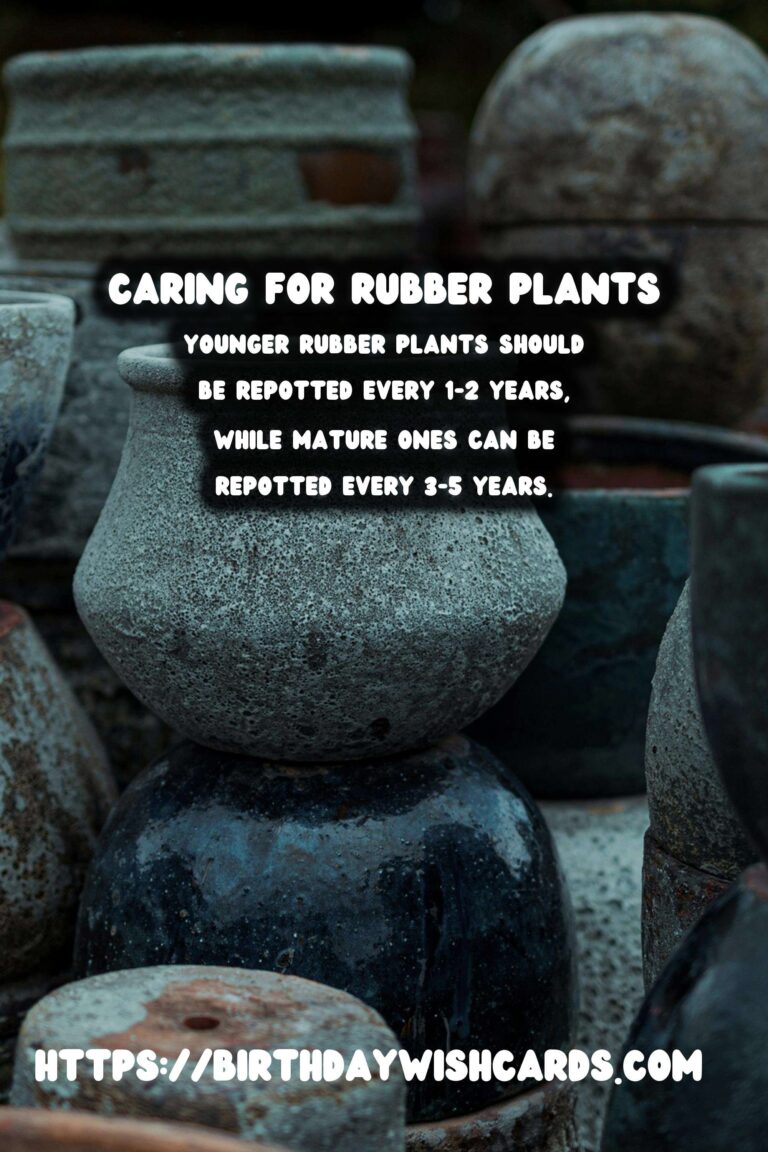
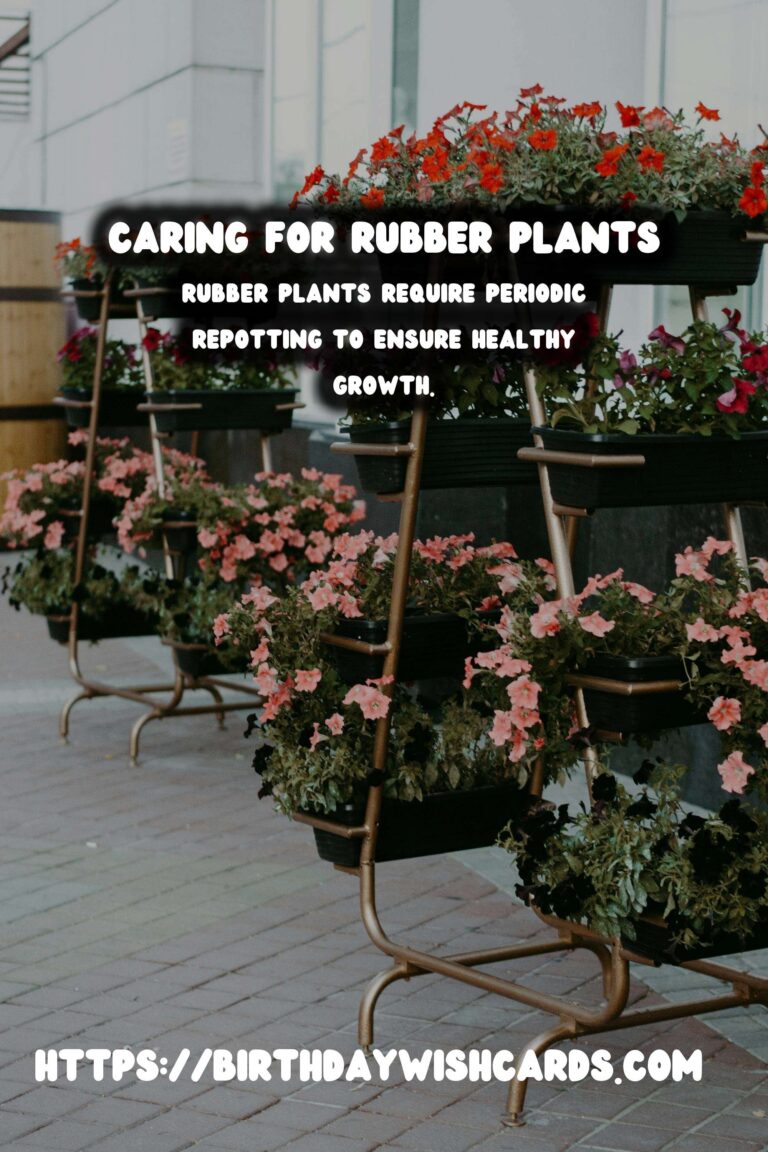
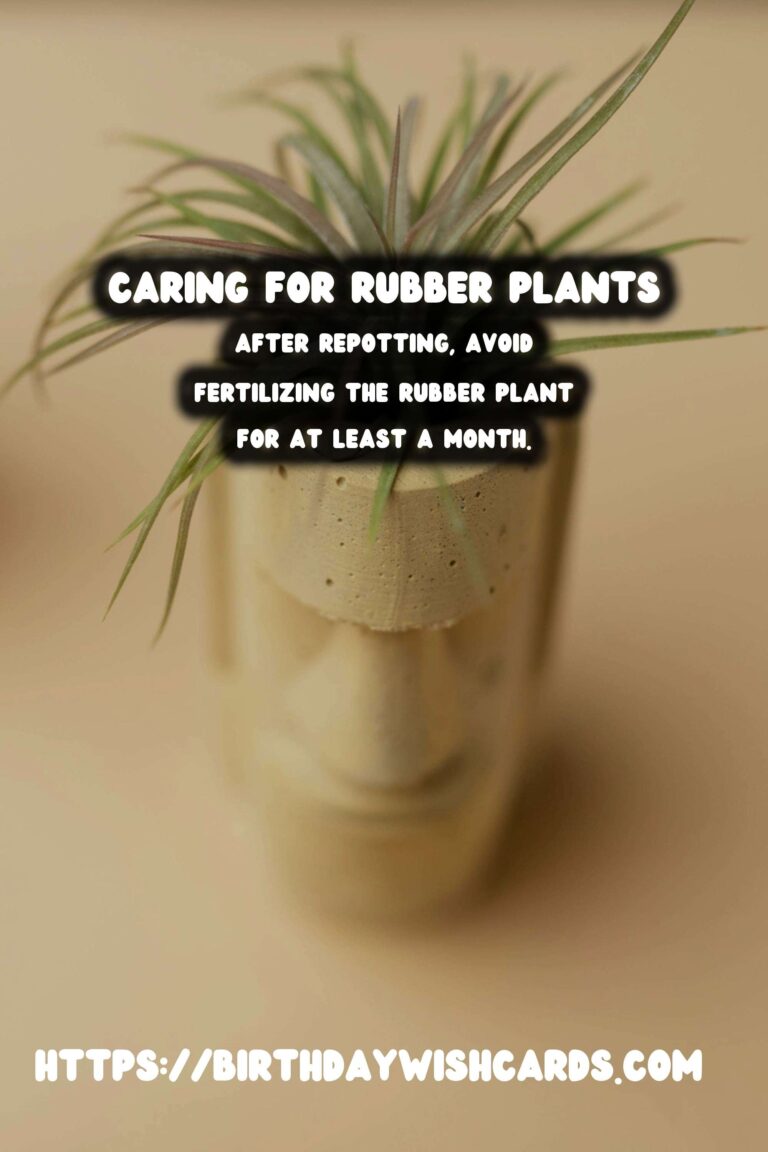
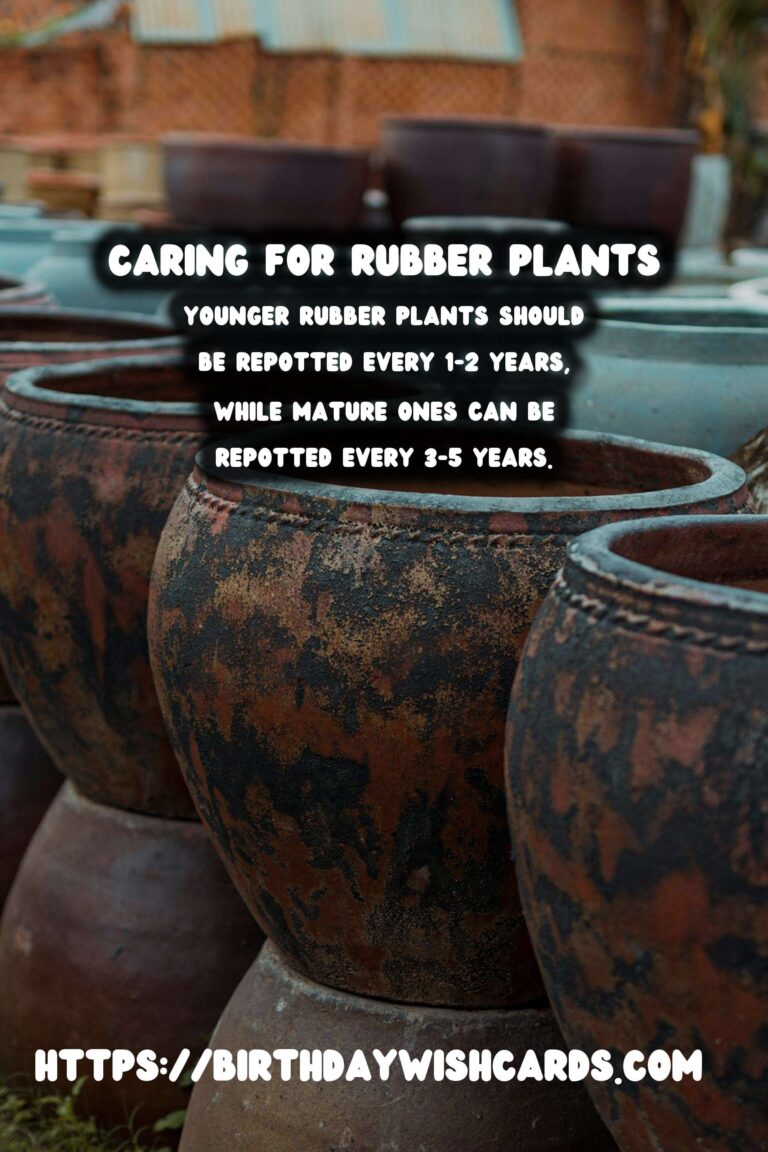
#RubberPlants #Houseplants #GardeningTips #PlantCare #Repotting




